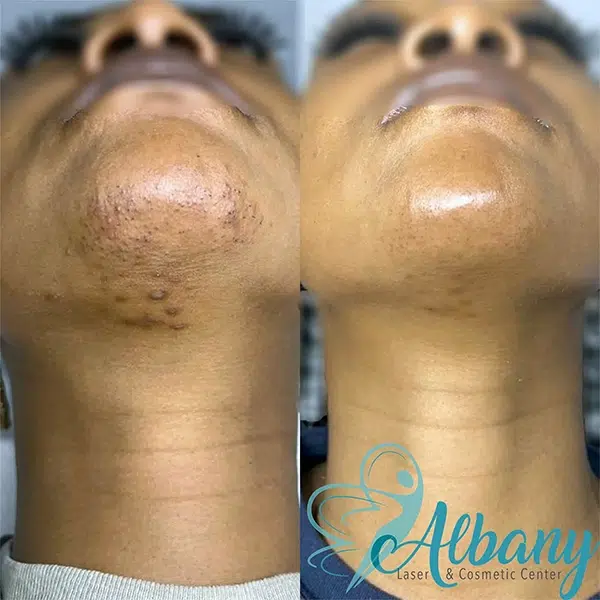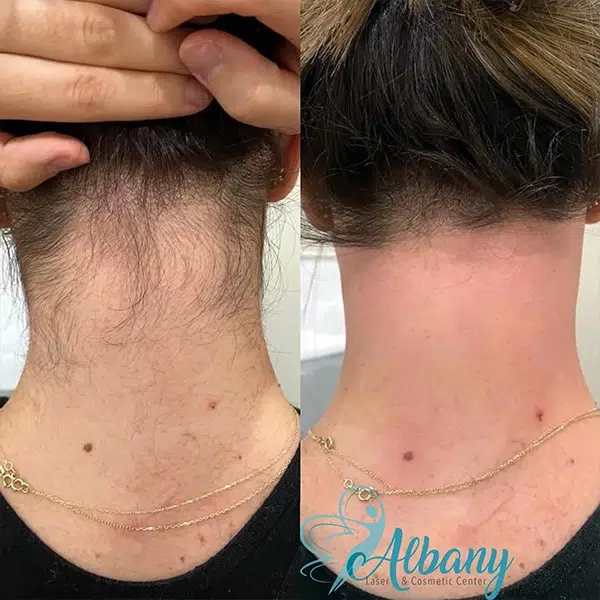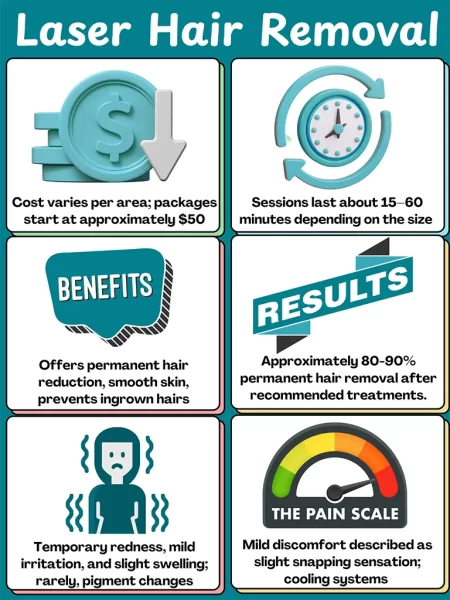Laser Safety: What You Need to Know
Laser is a popular cosmetic treatment that offers a long-term solution to unwanted hair. However, many people are concerned about the safety of the procedure. The good news? When performed by experienced professionals, laser hair removal is considered very safe. Understanding the process, potential risks, and how to prepare and care for your skin can help you achieve smooth, hair-free skin safely and effectively.
From choosing a reputable clinic to following pre- and post-treatment guidelines, there are several steps you can take to ensure your laser treatment experience is as safe and effective as possible. Let’s explore what you need to know about laser safety and how to protect your skin during the process.



Laser Risks and How to Minimize Them
Like any cosmetic procedure, laser carries some risks. However, most side effects are minor and temporary when performed by a qualified professional. Common side effects include redness, swelling, and slight discomfort, which typically subside within a few hours to a few days. More serious complications, such as burns or skin discoloration, are rare but can occur if the procedure is performed incorrectly.
To minimize risks, it’s crucial to choose a reputable clinic with experienced technicians. Additionally, following pre-treatment guidelines, such as avoiding sun exposure and certain medications, can help ensure safe and effective results.
Procedure Overview: Ensuring Safe Laser procedure
At Albany Cosmetic and Laser Centre, your safety is our top priority. During your consultation, our experts will assess your skin type, hair color, and medical history to determine the most appropriate laser settings. During the procedure, protective eyewear is provided, and a cooling device may be used to minimize discomfort. After the treatment, detailed aftercare instructions are given to promote safe healing and optimal results.
Common Myths About Laser Safety
Some people believe that laser hair removal is unsafe for darker skin tones or sensitive areas. However, modern lasers are designed to target hair follicles precisely, making the procedure safe for various skin types when performed by experienced professionals. Additionally, advancements in technology have significantly reduced discomfort and potential complications.
When selecting a clinic and to ensure laser safety, research qualifications, technology used, and client reviews. Make sure the provider is certified and experienced in treating various skin types. Schedule a consultation to discuss your concerns and expectations.
Laser Safety for Different Skin Types
Skin type plays a significant role in laser hair removal safety. While lighter skin tones with darker hair are the most responsive, modern lasers can effectively and safely treat darker skin tones when properly adjusted.
Choosing a professional clinic offers numerous safety benefits, including customized treatments, access to advanced technology, and guidance from trained experts. This approach significantly reduces the risk of side effects and enhances treatment outcomes.
Request Your Appointment Today
Request your consultation today and discover how our treatment can refresh your appearance.
Call us at (587) 520‑2835 or use our online booking form to schedule an appointment.
Read our privacy policy here
Laser safe FAQs
Is laser safe for all skin types?
Are there any long-term side effects of laser?
Can I undergo laser treatmentl if I have sensitive skin?
What should I avoid before and after treatment?
How do I know if a clinic is reputable?
Is laser safe during pregnancy?
Temporary redness and swelling are the most common side effects. Severe complications are rare but may include scarring or hyperpigmentation. To reduce risks, follow pre- and post-treatment care instructions and choose an experienced provider.